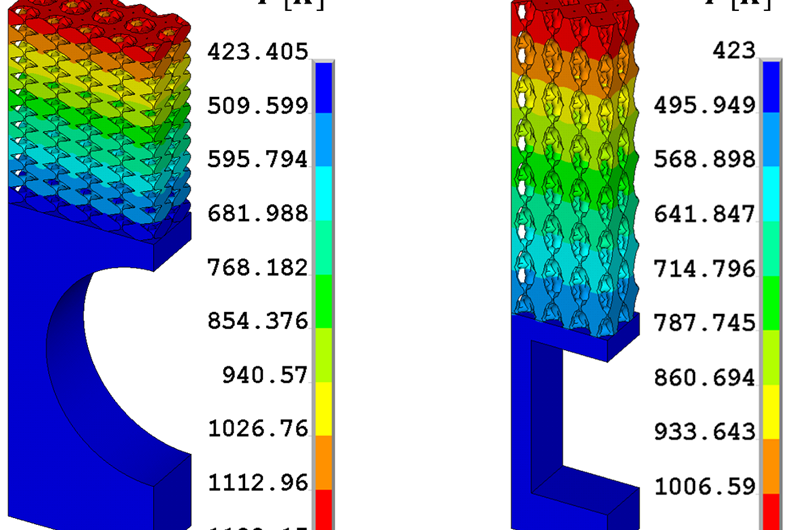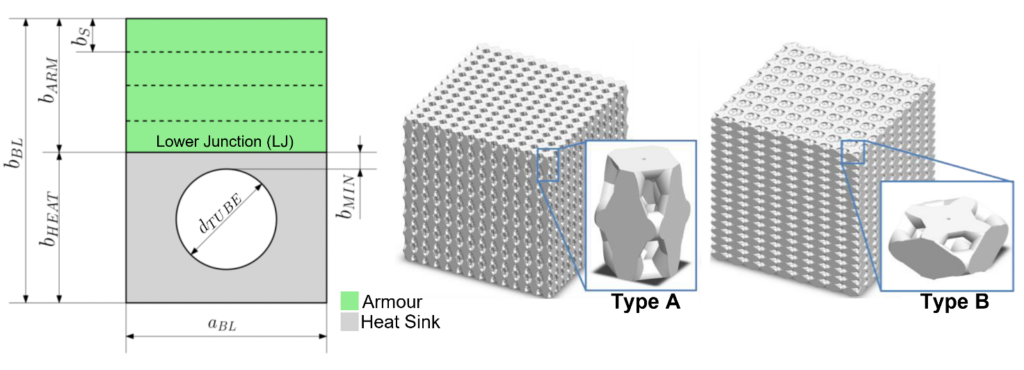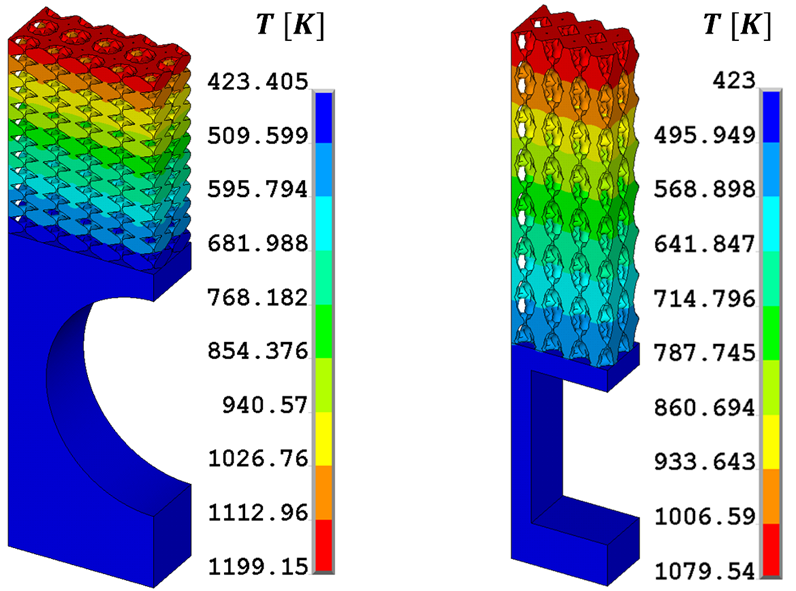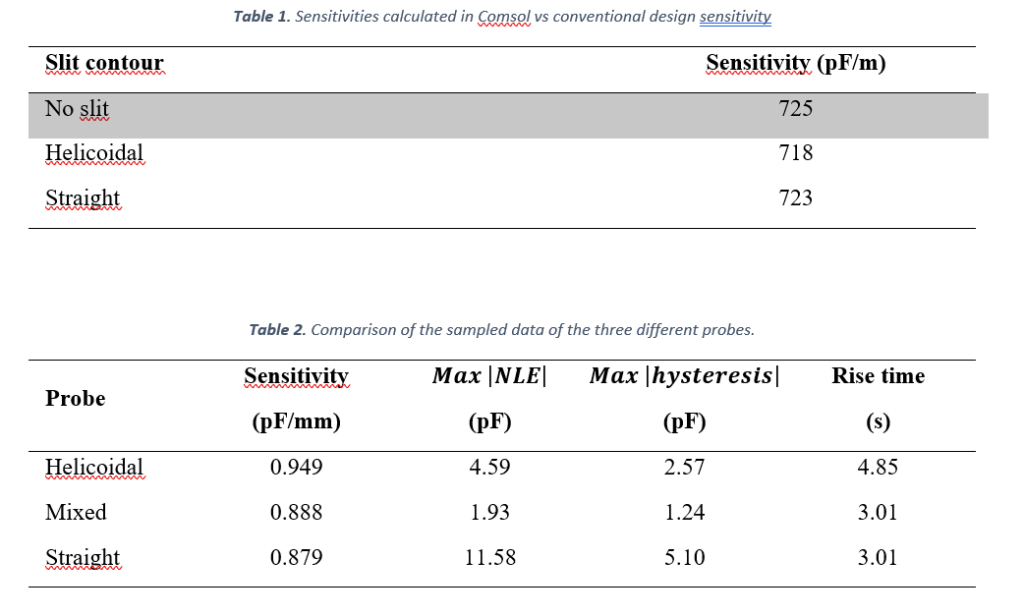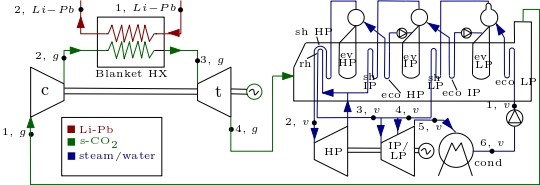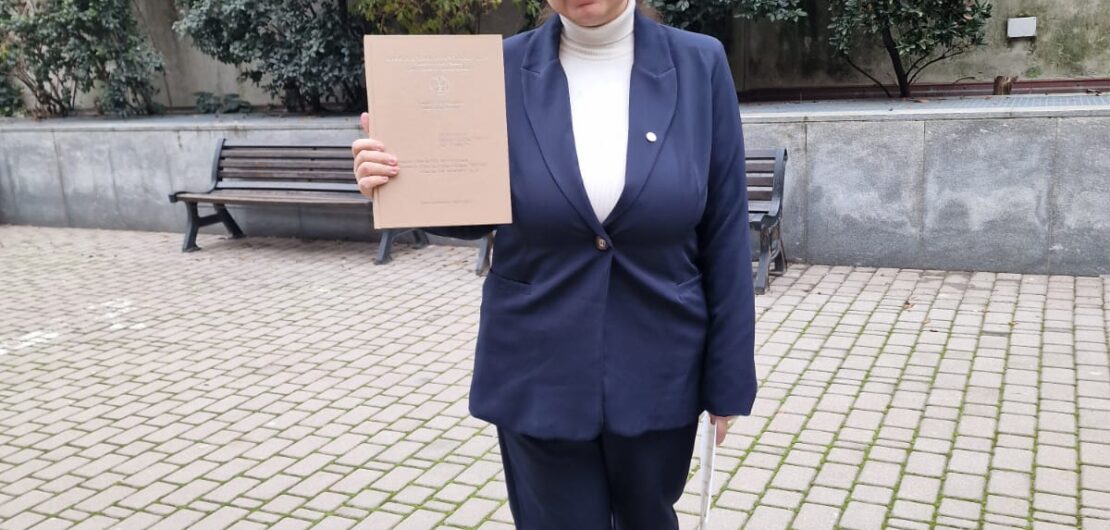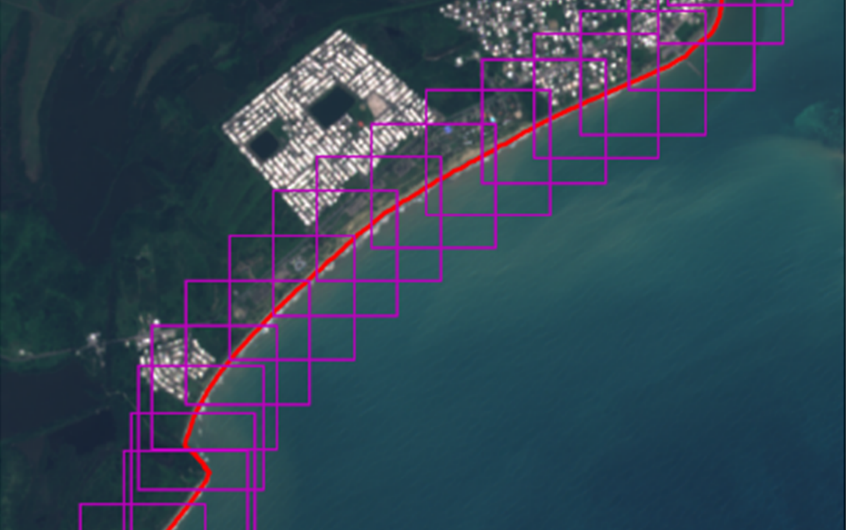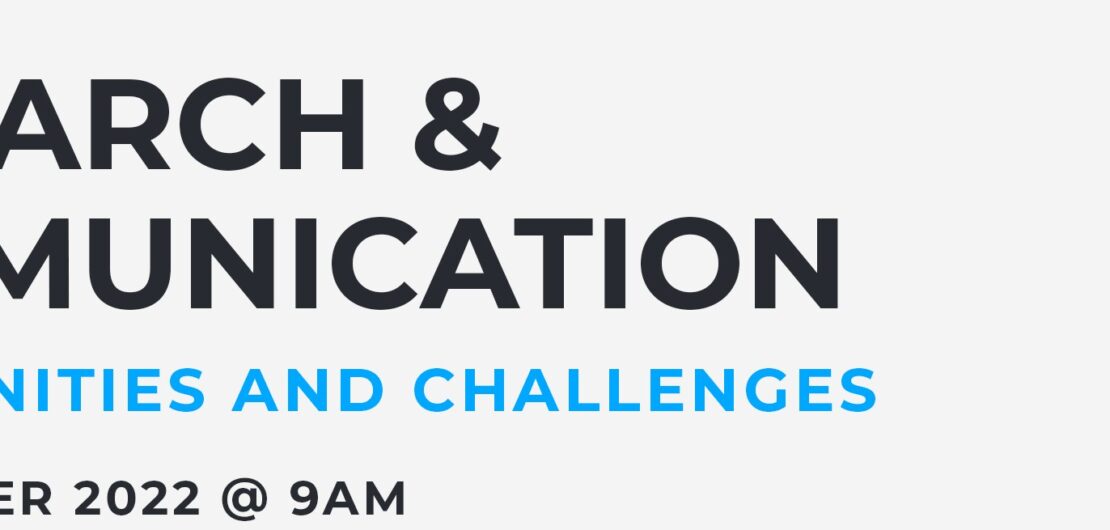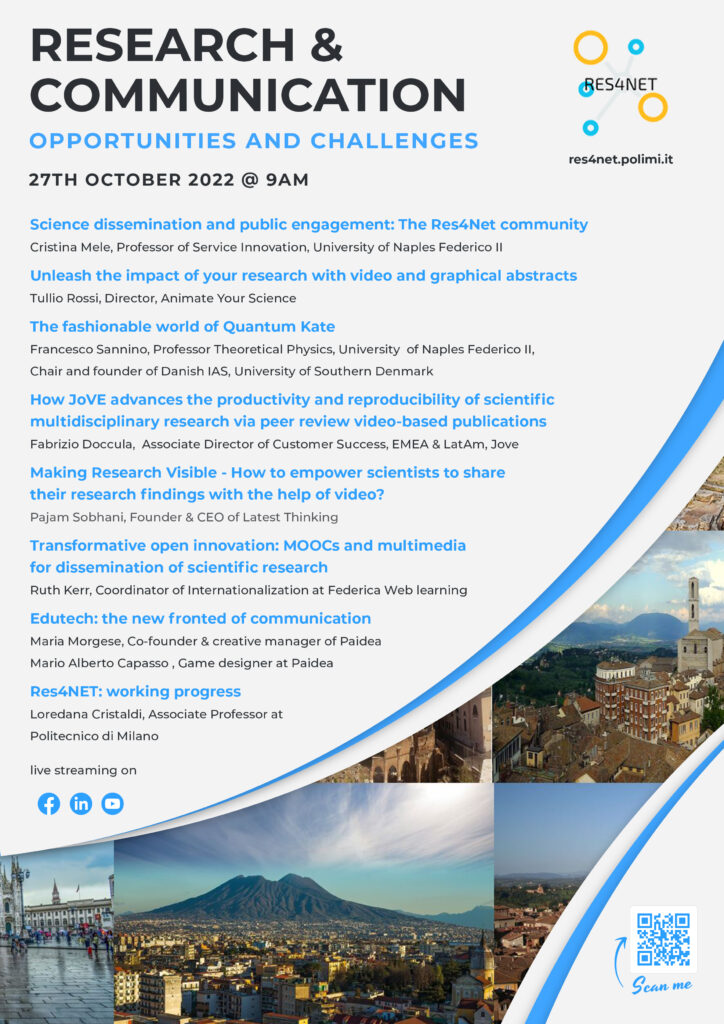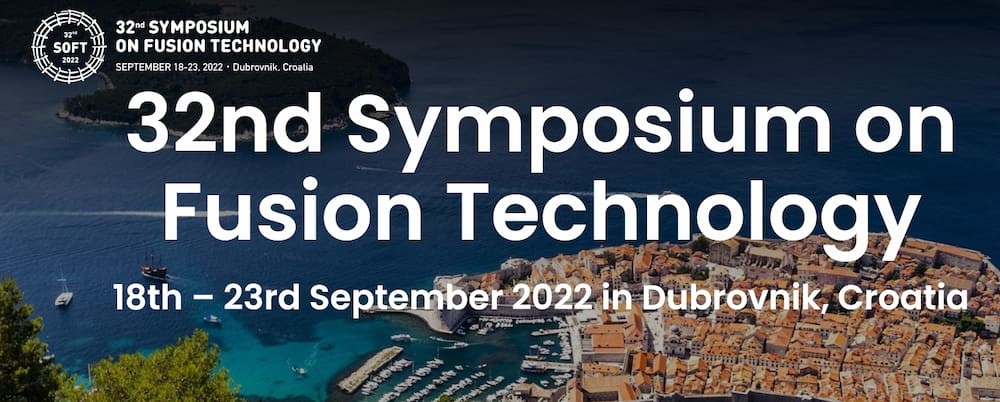Today disciplinary knowledge is fragmented from one another because years and years of sectoral study has led to making each discipline independent.
Everything stems from the crisis that occurred after the Second World War both at a political-economic and cultural level. The goals achieved in all fields ushered in an era of crisis. Society, in an era that was perceived as advanced compared to the modern one, found itself in a climate of insecurity, indifference and the fall of ideals and traditions. Society is in constant motion governed by technological progress which imposes new adaptations every time and leaves behind those who fail to adapt. And it is in this climate that the term “post-modern” is introduced into cultural debates, defining it as something not completely definitive and stable. With the typical urgency of the postmodern age to make the disciplinary fields autonomous and independent, the result of the scientific-cultural and institutional developments of modernity, it has made specialist scientific research necessary and interdisciplinary research almost useless.
The knowledge thus described, however, fails to give an adequate explanation to the phenomena that are studied as the communication between the different disciplines is almost nil due to a forced division and a lack of communication between them. The problem is the language used within each discipline: a specific and technical language functional only to it. The aim that is achieved is a progress of the discipline concerned with scientific rigor, but prevents dialogue with the other areas, which in turn follow the same internal codification. The result is, therefore, an internal coherence, but problematic with the outside. Scientific communication, therefore, must be interdisciplinary to define and contextualize the object of study in reality using a clear language shared by all the disciplines involved in the research and must be transdisciplinary to expand scientific knowledge to a meta-disciplinary level that opens up to the different dimensions of reality through a simple and understandable language also for public opinion in order to legitimize the motivation, the methodological and technological choices and the purpose of the research proposed for the purpose to promote science as a common good necessary for everyone’s life.
In a globalized world, the scientist advertises his work from the beginning, in progress and at the end for two fundamental reasons: to spread scientific knowledge to share and legitimize his work and to seek funding to sponsor his research in order to participate in the construction of a common good, scientific knowledge. Here a paradox emerges: science understood as a common good is forced to promote itself in order to survive in the market of funded projects.
In Italy, for example, the situation is currently fragmented and without any coordination due to the lack of a common data sharing policy. Laws and decrees have regulated state funding for research and education, always resulting insufficient to meet the needs of the scientific world which, where possible, relied on private funding. Even today, scientists and the academic world are asking for more resources to invest in the research needed for new emerging phenomena.
Beyond the choice of strategies, techniques or channels to be used for the dissemination of scientific knowledge or, simply, scientific communication, it is necessary to remember that the information transmitted must have constructive and educational foundations in order to guarantee true emancipation of society because science must be a continuous discovery that helps to resolve and enrich emerging issues by building knowledge that becomes a common good and as such must convey security to those who read and internalize it.
The dissemination of science must become the heritage of everyone, but above all of the new generations.
The Res4Net laboratory network is a concrete example of this new reality in which the main Italian universities and research centers adhere. It proposes itself as a group to think, practice and promote the new scientific communication with particular attention to collaboration and interdisciplinary integration. Members are offered support services for the development of multimedia products and guidance on the effective use of new media. A space on dedicated blogs and social channels is also offered. Res4Net promotes seminars and public debates to stimulate reflection on the theme of new forms of scientific communication. I had the opportunity and the fortune to participate in the realization of this project as an intern at the Politecnico di Milano. My contribution was to offer consultancy on the communicative and digital aspects and the creation of some multimedia materials to be published online on the platform and on the social media involved. My collaboration began in October of the previous year and ended at the end of the academic year. As a person who is growing professionally in the world of communication, I have been able to verify and witness the results of the changes inherent in the ways, times and research objects of today’s science. A sector which, through initiatives such as Res4net, is changing the face of discovery and the goals that man can and must achieve. The involvement of non-experts in the era of globalization is a must and requires an effort of openness and comparison with scientists. The new communication, if used in compliance with the values and social rules that characterize civil societies, can become an invaluable tool for comparison, interdisciplinarity, collaboration and culture.
The greatest result of this project is that it has made the enthusiasm for discovery, interdisciplinarity, collaboration and comparison between experts and not a style of work and life. The process is still in its infancy, the tools and methods of scientific dissemination are still being tested: the communication strategies and the models to be inspired by are constantly changing and, therefore, a constant object of study. The aspiration is to approach a real dialogue. Scientists and the public participate equally in discussions and debates on science and technology topics which can be conducted in different dissemination forms, such as conferences and public forums. A first step has already been taken. On October 27 Res4net participated in the IEEE MetroXRAINE 2022 conference where it was presented and it was possible to compare with other projects in the field of communication. It was possible to observe and learn from those who know more than us.
The results achieved to date are those expected, but certainly in the climate and working style proposed by the Res4net project, the goals to be achieved, even at an international level, will not be long in coming.
In recent months, posts have been published on the site and on social media maintaining common characteristics. Simple texts have been used in the use of semantics and syntax. The terminology used, in fact, is that specific to the sector, but can also be used by less experienced users. The language used is always English to facilitate the international dissemination of information. The choice of layout, images and videos has been studied so that it is captivating and exhaustive to capture the user’s curiosity.
The Res4Net project was born a little over two years ago and is at the beginning of its journey which is in continuous evolution and relationship with the new social and scientific needs that are highlighted in the succession of the passage of time. The universities and research centers involved observe, experiment and verify ever new hypotheses to solve or improve man’s lifestyle.
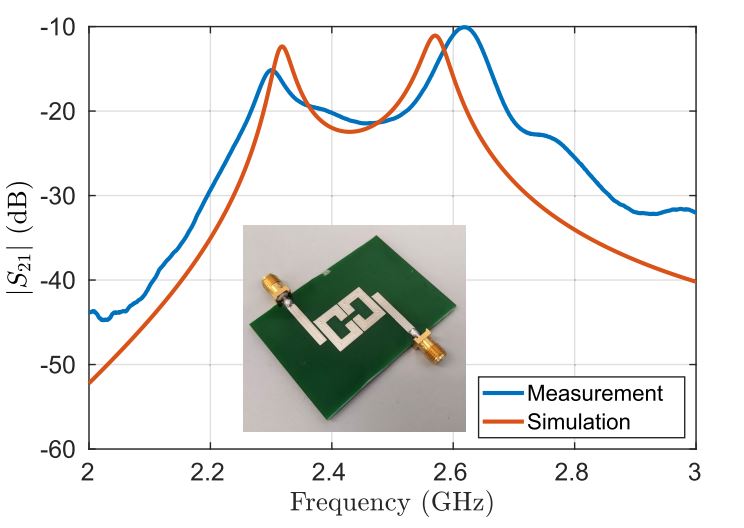 News
News
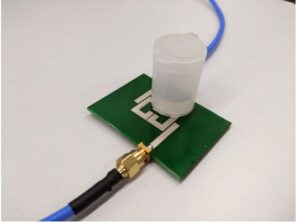 Photograph of the LDPE sample vial containing the water–ethanol mixture placed over the microwave sensor.
Photograph of the LDPE sample vial containing the water–ethanol mixture placed over the microwave sensor. 